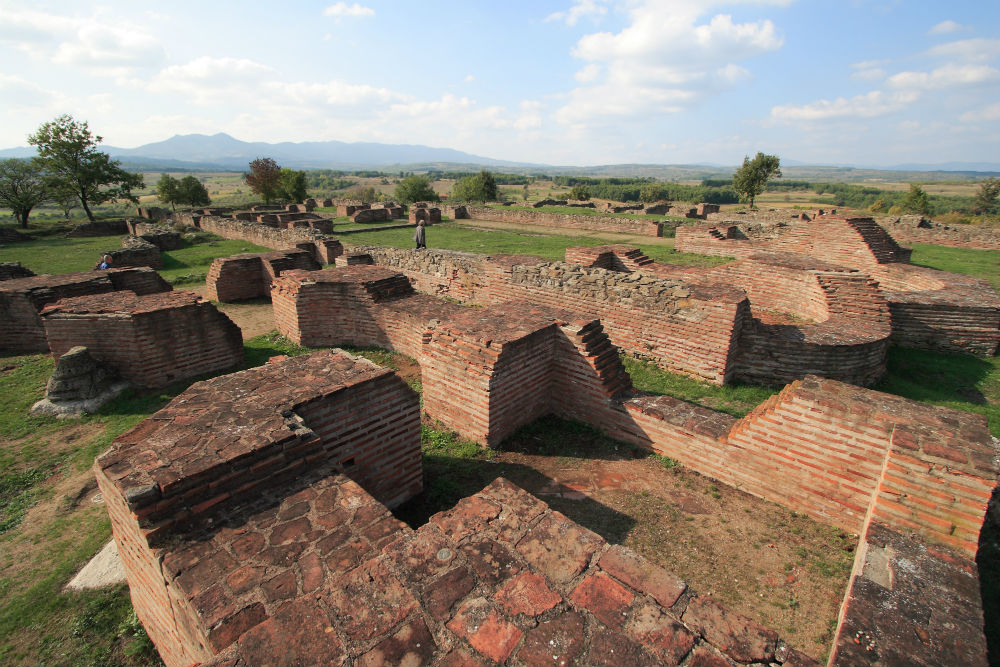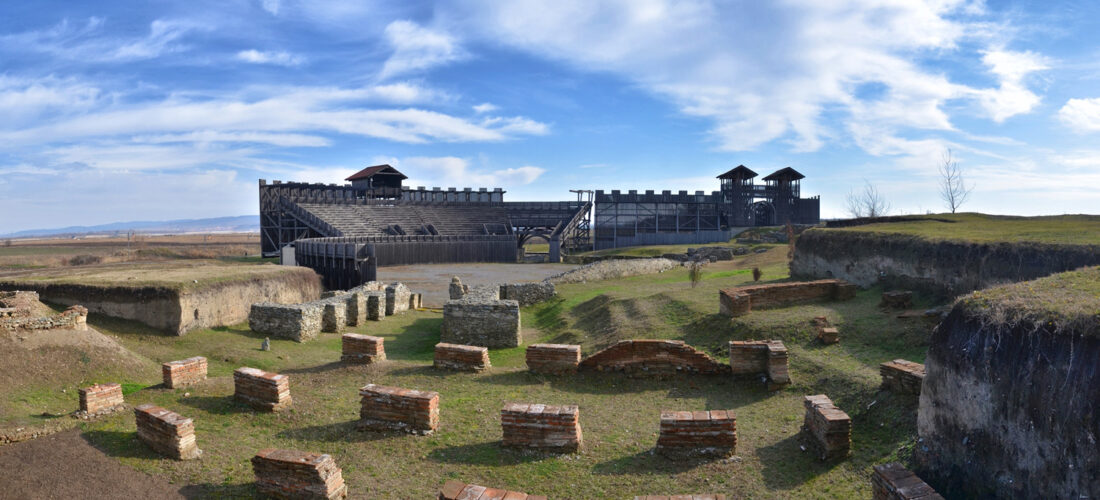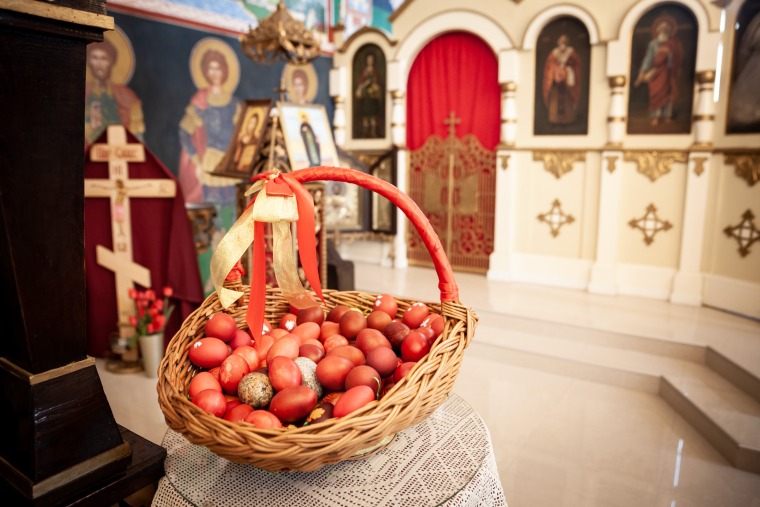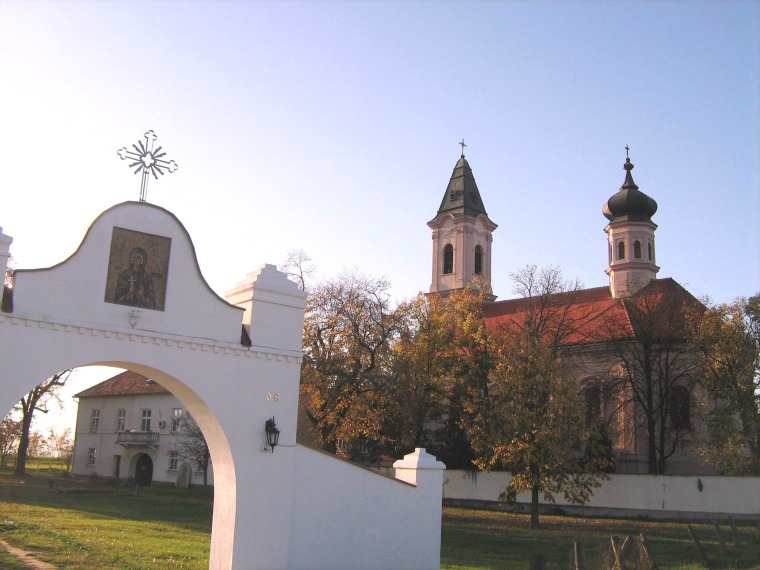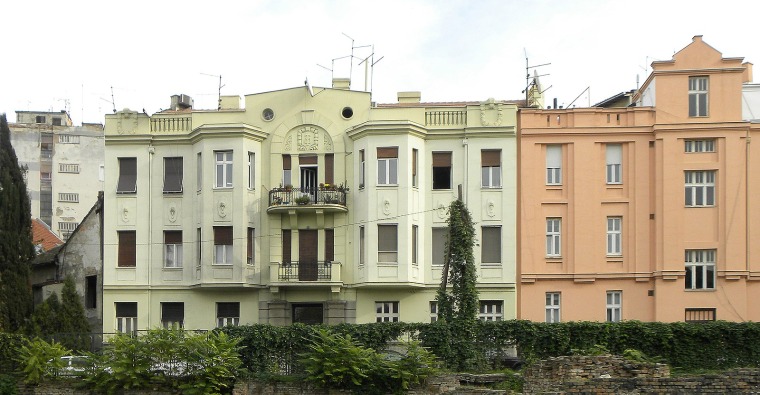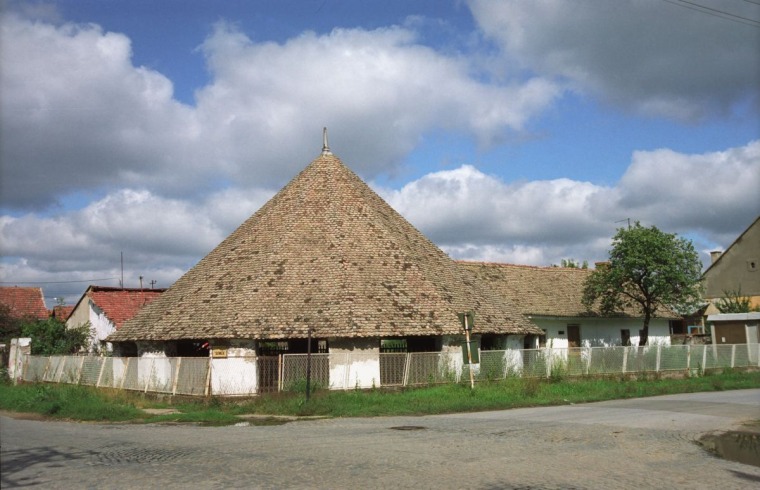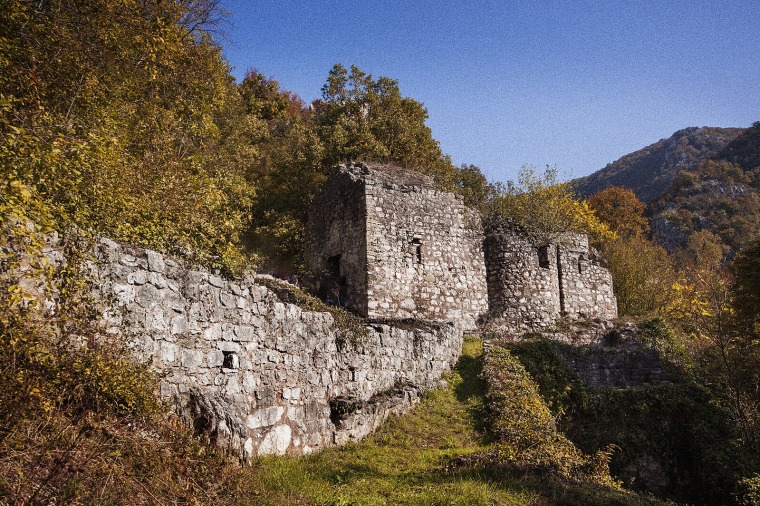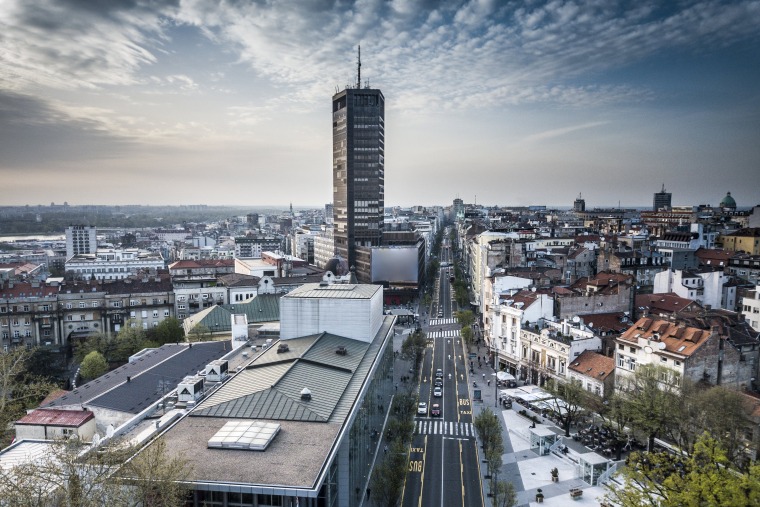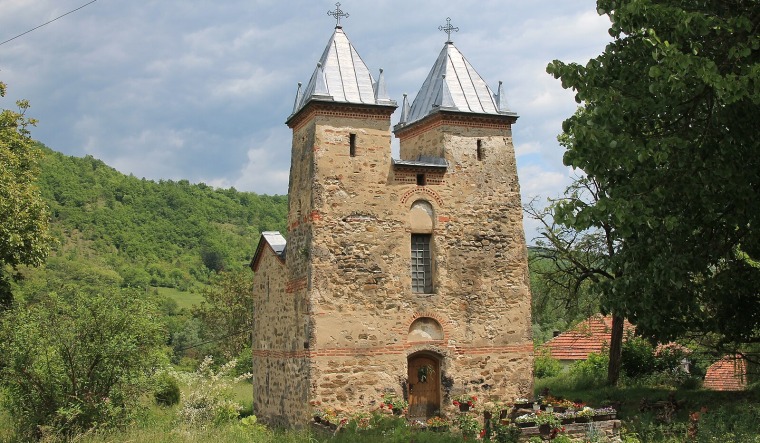The ancient imperial palace Felix Romuliana was located in today’s Eastern Serbia, and the remains of it’s gigantic towers and fortifications show the might of the Roman emperor Galerius, buried on the hill above it.
The monumental imperial palace Felix Romuliana was created when the Roman Emperor Gaius Galerius Valerius Maximianus, in the late period of his reign, decided to withdraw to his birth place. Its remains were found in the archaeological site known also as Gamzigrad, near the city of Zaječar in Eastern Serbia.
In 2007 Gamzigrad-Romuliana, Palace of Galerius, was put on the UNESCO World Heritage Sites List.
Galerius (250-311) dedicated this luxurious imperial palace to his mother, Romula. His mother was a Dacian who left the banks of the Danube because of the Carpians’ attacks and married a herdsman. Galerius first followed his father’s occupation and he got the name Armentarius (Latin: armentum, herd), that followed him even when he became the emperor.

Galerius built a grandiose imperial complex, fortified with walls and 20 defensive towers. The complex was named Romuliana after the Emperors mother, Romula.
The city comprised of the imperial palace Felix Romuliana, a little temple, a large temple and public baths protected by defensive walls and system of towers.
Buildings are richly decorated with frescoes, mosaics displaying figural and geometric motifs, and decorations of great historical and artistic value. The palace is the example of the unique Roman court architecture and it is its best representative.
The Felix Romuliana palace was never completed, and Roman emperors gave this monumental complex to the Christian church in the 4th century.
A century later the palace was destroyed by barbarian tribes and in the 6th century the Emperor Justinian I rebuilt the palace and turned it into a border stronghold. After the attacks of Slavs by the end of the 6th century, the imperial residence was abandoned. In the 11th century the complex came to life once again as Slavic settlement.
Archaeological excavations were initiated in 1953 discovering several palaces and temples within the city walls. The traces of first habitats of the town of Gamzigrad were found to the north from the city walls, as well as in the very city.
The archaeologists found stone axes from the 3rd century BC, pieces of pottery from the late Bronze Age, jewelry from the late Iron Age. In the 5th and the 6th century BC Tribals established their settlement within the city walls, but it didn’t last for a long period of time. As there is no evidence of archaeological remains from the last century BC, it is not certain who the people that Romans found here were.
The discovery of the inscription “Felix Romuliana” in 1984 solved the mystery of Gamzigrad. The inscription reveals the full name of the complex mentioned in the work of anonymous writer from around the year 360, in Epitome of Aurelius Victor and Procopius’s De Aedificiis, written between 553 and 555.
There is data found in Epitome that the Roman Emperor Galerius was born and buried in Dacia, in the place called Romulianum, named after his mother Romula.
Procopius mentions Romuliana talking about the castrums rebuilt by Justinian I. Thus the place where Galerius was born and buried appears as Felix Romuliana (the inscription from 306-311), Romulianum (around year 360) and Romuliana (around year 555).
Today it is certain that Galerius and his mother were buried near Felix Romuliana, at the site called “Magura”, where two stone tombs, richly decorated with architectural ornaments, and two mounds with bonfires were discovered. According to the ancient ritual the emperor and his mother were ceremonially burned thus completing their apotheosis.
How to get to Felix Romuliana?
This antique structure is 10 km from the city of Zaječar. You can get to Zaječar by car, bus, train but also by boat.
From the direction of Belgrade it is best to take the Đerdap highway over Kladovo and Negotin, and the distance is 250km. From the direction of Niš, you can take the Niš-Zaječar-Negotin-Kladovo-Romania road, but also the E-75 highway to Paraćin, where you turn to Zaječar and you need to cross around 100 km.
You can get to Zaječar by train because the two railroads Niš-Prahovo and Majdanpek-Bor-Prahovo intersect here.
From all the major cities of Serbia there are bus lines to Zaječar, where we suggest local transportation to Gamzigrad.
When you are here, don’t miss…
In Zaječar: Radul beg’s residence, one of the oldest structures in the city as well as the Turkish water mill in which today is a restaurant of traditional Serbian cuisine.
If you like rock music and good gigs, then Zaječar is the right place for you in the first half of August because it’s the time for the “Zaječar Gitarijada” (Guitar festival).
The Gamzigradska banja (eng. Gamzigrad spa) is close to Felix Romuliana, on the north side of Mt. Rtanj. From that road you can take the route to Sokobanja which will amaze you with its wild nature.
See the magnificent Djerdap gorge (eng. The Iron Gates of the Danube), the Djerdap National Park and the archaeological site from the Stone Age – Lepenski Vir.
On that road you can also find the medieval forts on the Danube: Fetislem near Kladovo and for the other two you need to go further to Golubac and Smederevo fortress.
On this road of Roman emperors, visit other structures from Roman times. Near Kladovo you can find Tabula Traiana (eng. Trajan’s board) and bridge as well as the Diana fortification from the first century. Visit Mediana in Niš, the outskirts of the ancient city of Naissus from the 4th century where the roman emperors stayed while visiting this city.
Don’t miss drinking a glass of wine in this region, because two wine routes can be found in this part of the country: Knjaževac wine route and Negotin wine route.



